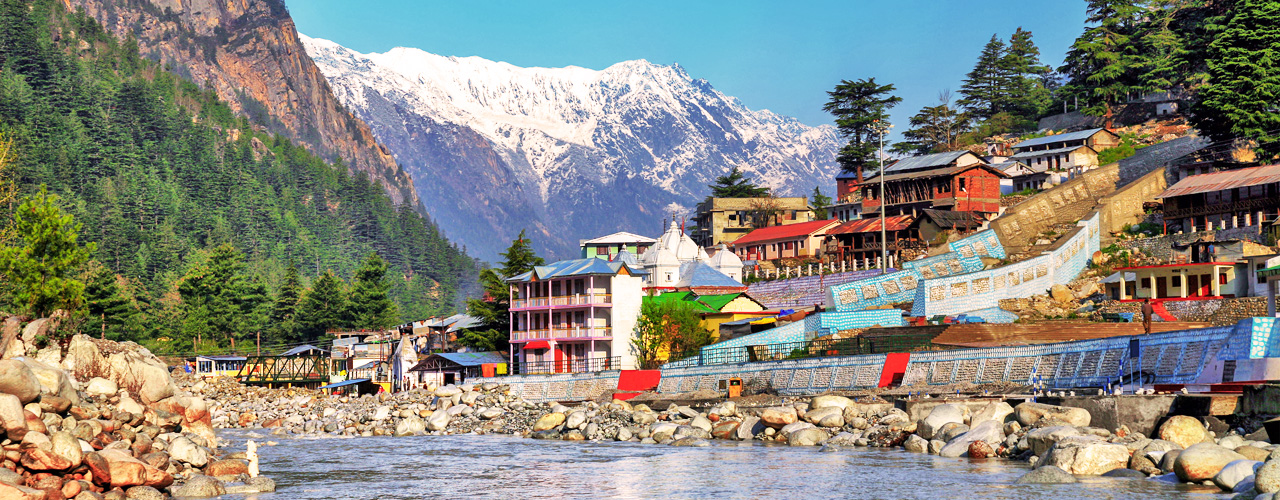
NEW DELHI, May 4: A new study has sought to allay the apprehension that rapidly melting Himalayan glaciers could soon lead to catastrophic consequences of Indian rivers, including the Ganges, drying up. The study said the claims that the Himalayan glaciers are rapidly melting was false and that the present glacial melt accounted for hardly one per cent of the flow of Ganges, Indus and Brahmaputra. Almost all of the river flow is due to rain and snowmelt, which will continue even after the glaciers ultimately disappear several centuries later.
The study paper by the reputed journalist Swaminathan S Anklesaria Aiyar and glaciologist VK Raina, reveal that the flow of the rivers will not be affected at all by glacial melt and there will be no drying up of rivers, the authors have emphasized in remarkable findings based on new studies. Earlier studies mistook snowmelt for glacial melt.
The Himalayan glaciers have been melting and retreating since the end of the last ice age 11,700 years ago, but the melting has not accelerated recently even though temperatures have risen, the paper says, citing recent studies and satellite data by the Indian Space Research Organisation (ISRO).
ISRO’s satellite monitoring shows, surprisingly, that in 2001-2011, the vast majority of glaciers in the Himalayas were stable, but not in retreat, and a few were advancing. The space agency monitored 2,018 glaciers and found that 1,752 glaciers were stable, 248 were retreating, and 18 were advancing.
“Alarmists have often raised concerns about the melting of the Gangotri Glacier, the source of the Ganges, which is the holiest of all rivers for Hindus. The glacier is 30 km long, the second biggest in the Himalayas. But studies show that, far from accelerating, its retreat has decelerated in recent years to 10 meters (33 feet) per year. At this rate it will last another 3,000 years,” the paper says.
The speed and consequences of Himalayan glacial retreat have been “grossly exaggerated” by the media and environmental activists, say the authors, debunking a 2007 report by the Nobel-winning Intergovernmental Panel on Climate Change (IPCC) that all Himalayan glaciers might melt by 2035. The IPCC had later retracted the “glacial apocalypse” claim that had caused worldwide alarm.
“Alarmists who keep issuing warnings of accelerated glacial melting are playing games with the truth,” the authors say. Until recently, they say, studies could not distinguish between the contribution of snowmelt, glacial melt and rainfall to river flows. The first study to do so shows that glacial melt contributes barely one per cent of the flow of the Indus and even less to the Ganges and Brahmaputra. Rainfall contributes 94% of the Ganges flow.
The contribution of snowmelt is many times higher than of glacial melt since the area covered by winter snow is far greater than that covered by glaciers, the study suggests. As the rivers move downstream, the contribution of rain becomes massive.
So, claims that glacial shrinkage will cause the rivers to dry up, causing famine and water wars, are very unlikely, the authors say. Some security experts claim that glacial melt is vital in the lean dry season before the monsoon, and water wars can ensue over scare water in this period. This study shows that even in the lean season the contribution of glacial melt is tiny and of snowmelt is far higher. The paper does not address the separate question of the impact of climate change on rainfall, but the Indian Meteorological Department has predicted increased rainfall between 2021 and 2040.
The paper warns that glacial alarmism can have a serious fallout. It can trigger military conflict between neighbours with a history of disputes over the sharing of river waters. It can also distort priorities in agricultural research besides exaggerating the risks of building much-needed dams and roads in the Himalayas.
(Manas Dasgupta)













